The celebrated Mr. K’s 35th ANNIVERSARY tip of the cowl…
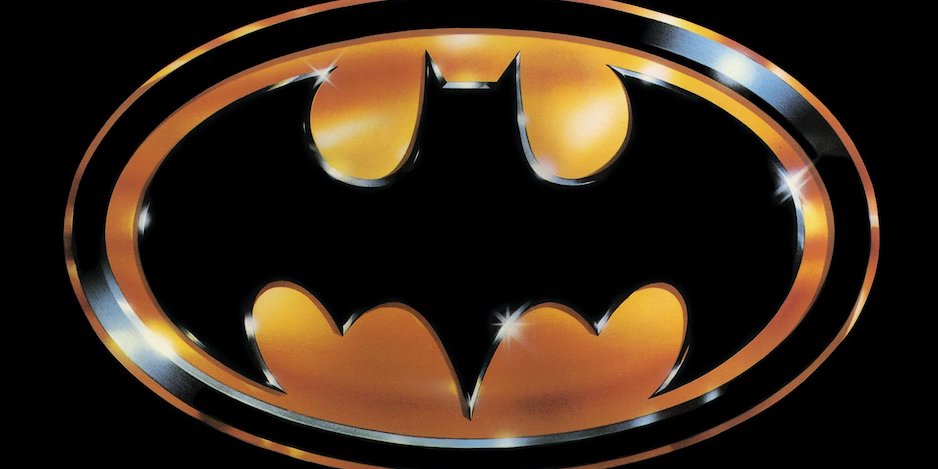
By PAUL KUPPERBERG
As a Baby Boomer who grew up with only the 1950s Adventures of Superman, 1960s Batman, and 1970s Spider-Man and Hulk television shows to satisfy my need for live-action superheroics, the coming of Superman: The Movie (1978) and Batman (1989) were revelatory. Those big screen iterations made the earlier TV versions look like cartoons and were the first time superheroes were taken seriously in any medium.
In the case of Batman, which premiered on this day in 1989, that tone was the deliberate result of a lot of hard work by, among others, producer Michael Uslan. Michael was a lifelong fan who taught the first accredited college course on comics, drove DC Comics’ Comicmobile, wrote award-winning comics stories, and, along with his partner Benjamin Melniker, acquired the film rights to Batman and Swamp Thing in 1979. Michael was determined that his Batman film not copy the light, tongue-in-cheek, kid-friendly tone of its television predecessor, and held out for a deal and a director that would respect this more serious vision of the Dark Knight. But even once the deal was made, the struggle continued, as Michael told me in our 2023 talk for Direct Conversations: Talks with Fellow DC Comics Bronze Age Creators.
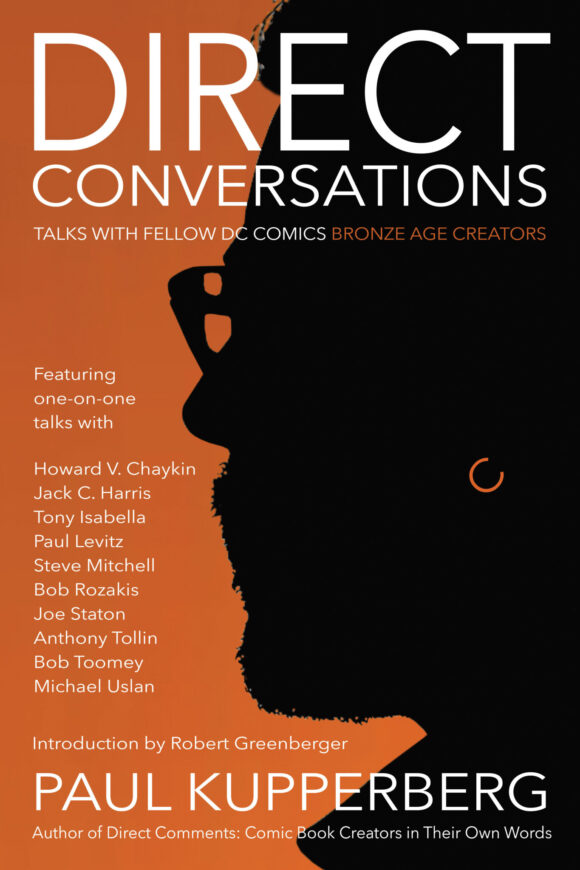
“It was my job to bring Tim Burton into the fold on Batman. When I met him at our first of three lunches, I was shocked that even though he was this young animator from Disney, he wasn’t a comic-book guy, a superhero guy, a Batman guy. … So, it was my job to indoctrinate him, and the most important thing for me, Paul, and we’re talking about back in ’86, was to keep him away from the wrong stuff and to make sure he saw the right stuff. I mean, after seeing the final cut of Pee-Wee’s Big Adventure (1985), I was afraid of what would happen if Burton got hold of stories like the Golden Age Tweedledee and Tweedledum, or the Bat-Robot, or the Rainbow Batman, or any of the Jack Schiff–era books. Who knows what could have happened?
“Instead, I gave him Detective Comics #27 through #38, the introduction of Robin, and Batman #1, which introduced both the Joker and Catwoman. And then I skipped all the way ahead to the ’70s. I gave him not just the Denny O’Neil/Neal Adams stories in Detective and Batman but also the issues drawn by Irv Novick. Absolutely! That man has been lost to history. And if you go back and look at the transition (editor) Julie (Schwartz) was making, it started with Novick, and he deserves a lot of credit.
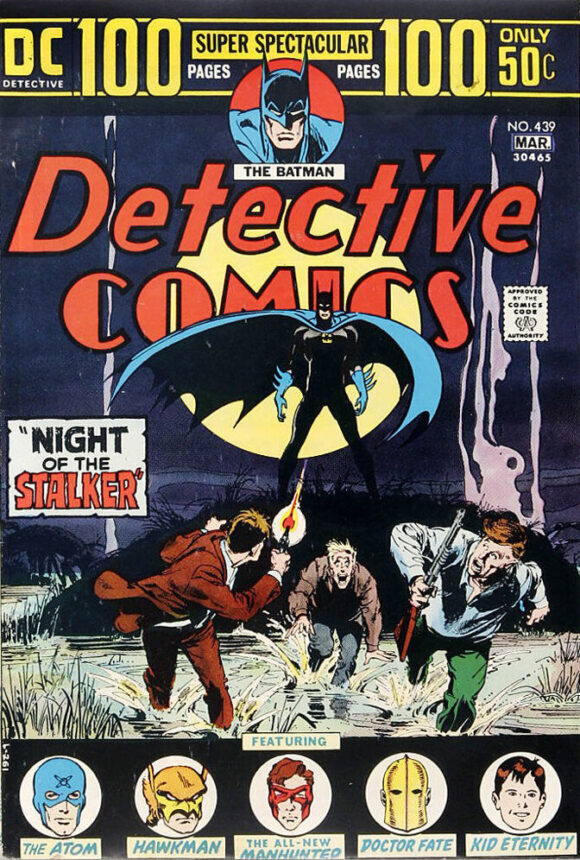
“I think I started that run with the issue where Dick goes off to college, and Batman seals off the Batcave and moves into Gotham City (Batman #217, December 1969). Then they had the Steve Englehart/Marshall Rogers run, which I thought was really important in terms of The Laughing Fish, Silver St. Cloud, and the darkly romantic vision of Bruce Wayne. And then I gave him Night of the Stalker by Sal Amendola, Steve Englehart, and Dick Giordano (Detective Comics #439, March 1974), which to this day is my favorite Batman story ever written. If you look at the first movie, the opening sequence is clearly inspired by Night of the Stalker. Basically, my most important job was keeping Tim away from the wrong stuff and making sure he was exposed to this stuff. Jack Schiff? Nope, no, sorry, Tim, never heard of him; let’s keep moving.”
Here then, for the movie’s 35th anniversary, MY 13 FAVORITE BITS OF BATMAN ’89 TRIVIA (with 13 pix associated with the film):
—
The Mankiewicz Version. When Superman proved a success, the studios started looking for the next caped character to adapt to the big screen. Superman: The Movie screenwriter Tom Mankiewicz wrote a Batman film that covered the origins of both Batman and Robin and featured villains Joker and Penguin, as well as Gotham crime lord Rupert Thorne, and Barbara Gordon/Batgirl. With a $20 million budget, the Mankiewicz version was set to go until it wasn’t, Hollywood-style.
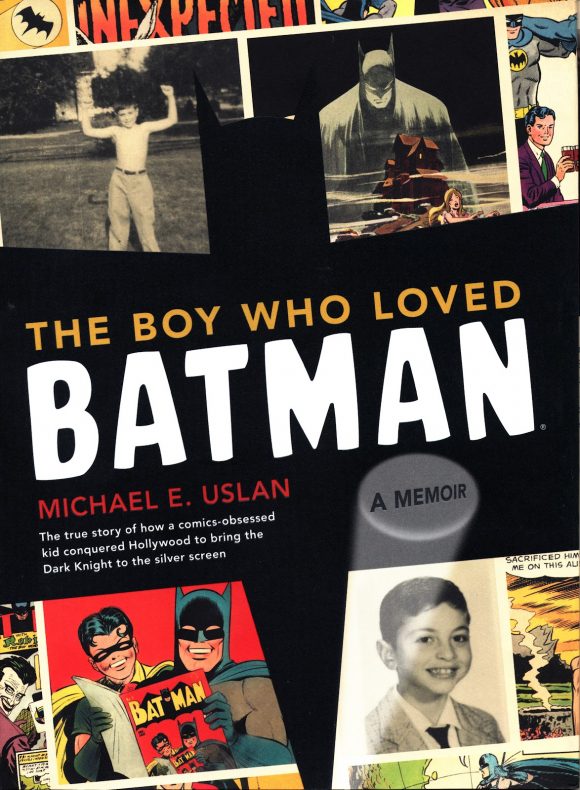
—
Dreamcasting for the Tom Mankiewicz Version. But if the Mankiewicz version had been made, who might have played the main roles? Word is the production wanted an unknown for Batman/Bruce Wayne, but that they were looking at such actors as William Holden (Sunset Boulevard, Network) for Commissioner Gordon, David Niven (The Pink Panther, James Bond in 1967’s Casino RoyalE) as Alfred, and Michael J. Fox and/or Eddie Murphy as Robin.
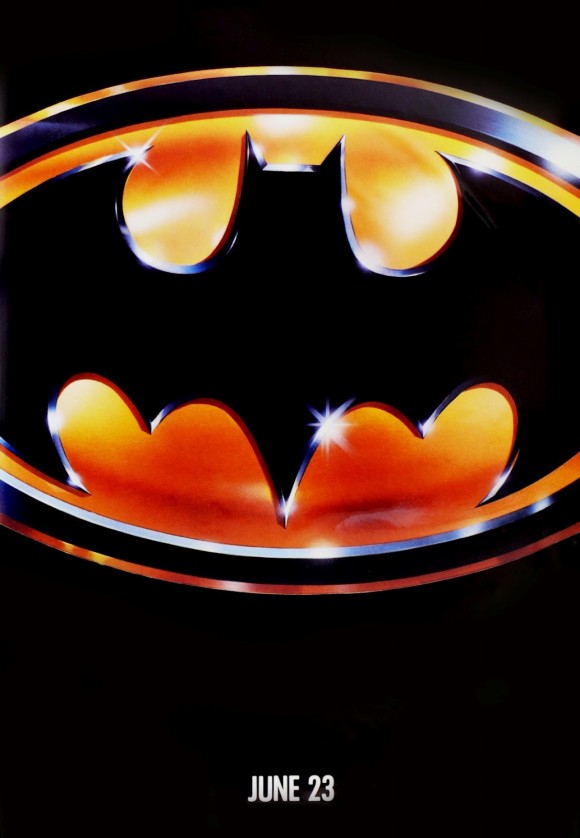
—
Tim Burton Wasn’t a Shoo-in to Direct. While he was offered the job in 1985 and worked on a new treatment and script with Julie Hickson, Sam Hamm, and Warren Skaaren because he wasn’t happy with the Mankiewicz version, Tim Burton didn’t get the thumbs up to direct Batman until he had proved himself with his second success after 1985’s Pee-Wee’s Big Adventure — 1988’s Beetlejuice.
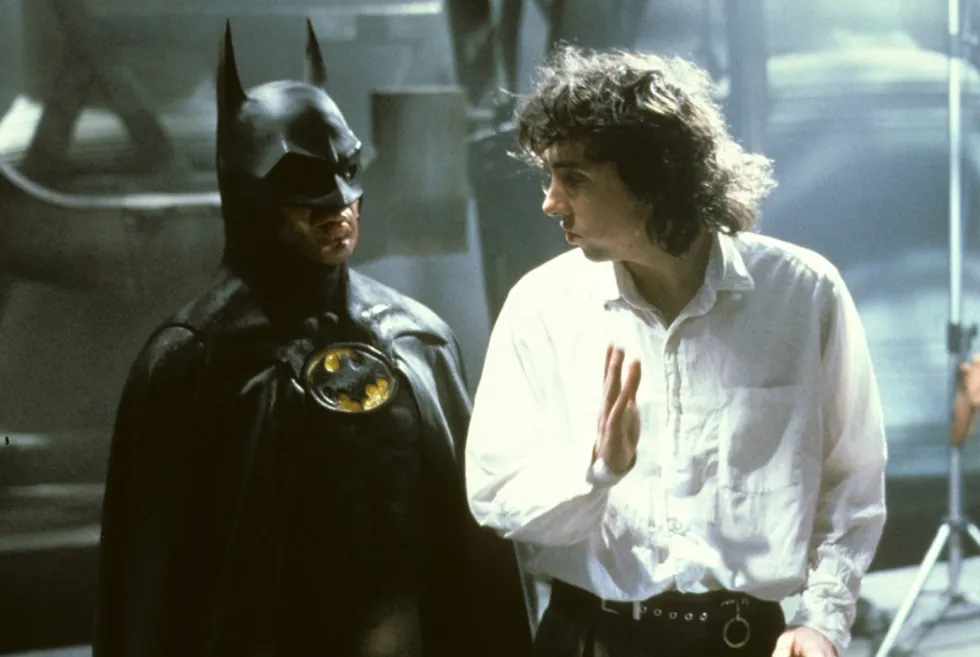
—
And Michael Keaton Wasn’t a Shoo-in to Star. Speaking of the fear that unwanted camp and comedy a la the Batman TV show might creep into his serious Batman film, exec producer Uslan was wary of casting comedian/actor Michael Keaton in the lead. Burton, who had worked with Keaton on Beetlejuice, knew he was up to the challenge, but it was Keaton’s dramatic performance in Clean and Sober (1988) that finally convinced Uslan he was the man for the job.
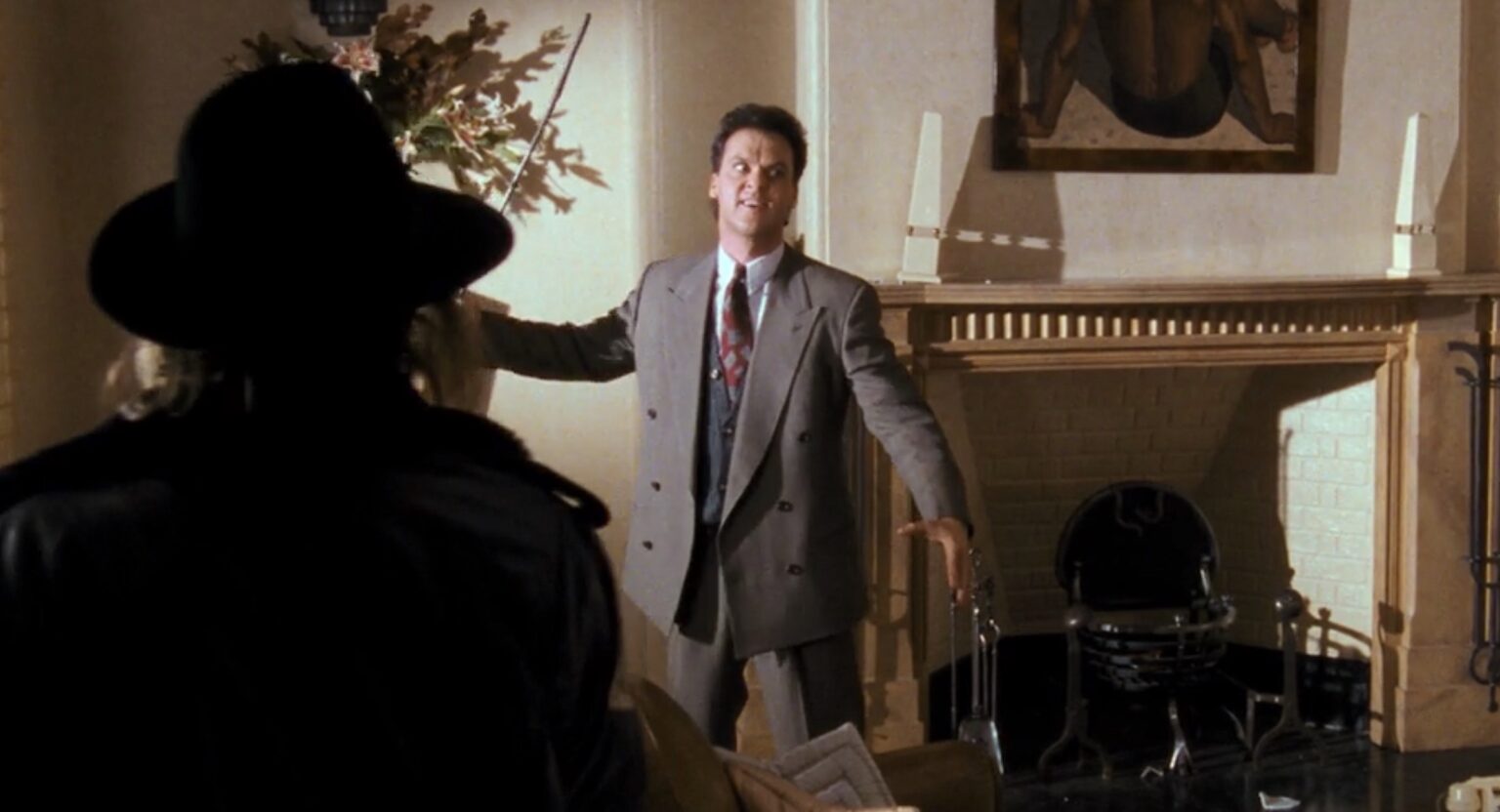
—
Dreamcasting for Batman ’89. The first choice to star? Mel Gibson, but he had to turn down the role because he was committed to filming Lethal Weapon 2 (1989); in 1995, Gibson would turn down the role of Harvey Dent/Two-Face in Batman Forever in order to do Braveheart. Also reportedly on the Bruce Wayne shortlist was Pierce Brosnan, but the actor declined the part because he couldn’t take the costumed Caped Crusader seriously. Said the man who played Remington Steele.
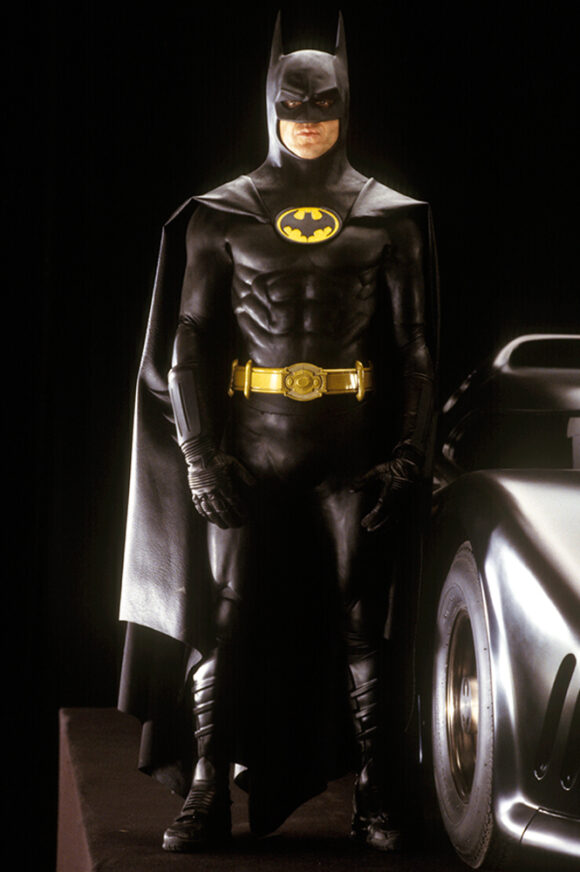
—
Not the Reitman! The comedic/camp threat once again reared its ugly head when Stripes (1981) and Ghostbusters (1984) director Ivan Reitman was considered for the Mankiewicz version.
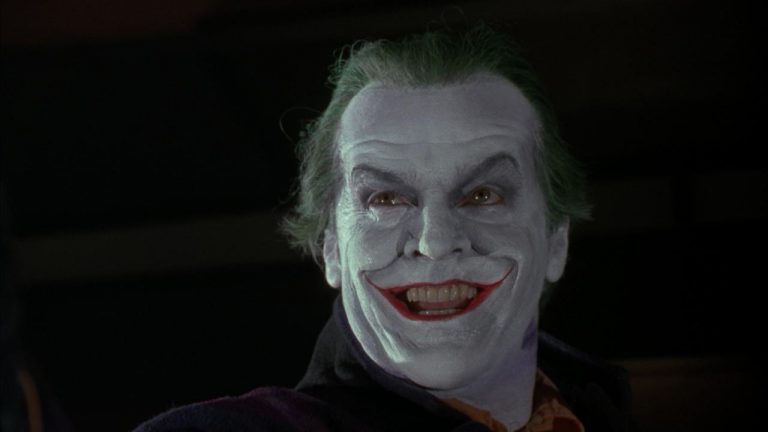
—
Baritone Batman. It was Michael Keaton’s idea to have Batman speak in a deeper voice to help disguise his Bruce Wayne identity. Everybody’s been doing it since.
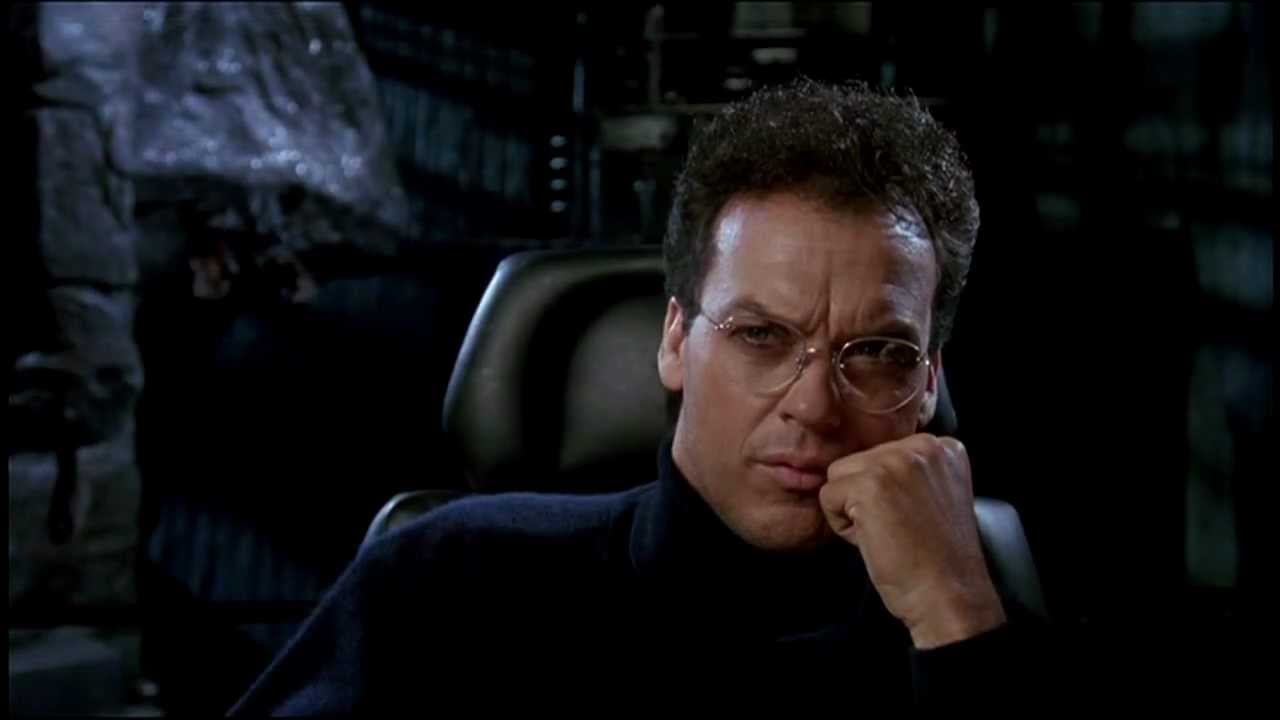
—
“He’s Batman!” By the way, the “I’m Batman!” line was written in the script as “I am the night!” but Keaton ad libbed his response, creating a moment of movie magic.

—
Nano-Nano Nuh-uh! The studio really wanted Jack Nicholson to play the Joker, but Nicholson was being coy, so Warner Bros. offered the part to Robin Williams, who was ready to accept. The studio went back to Jack with news of Williams’ interest, and Nicholson finally relented. It was Williams’ resentment at being used as a bargaining tool for the studio to land Nicholson that caused him to turn down the role of the Riddler in Batman Forever.
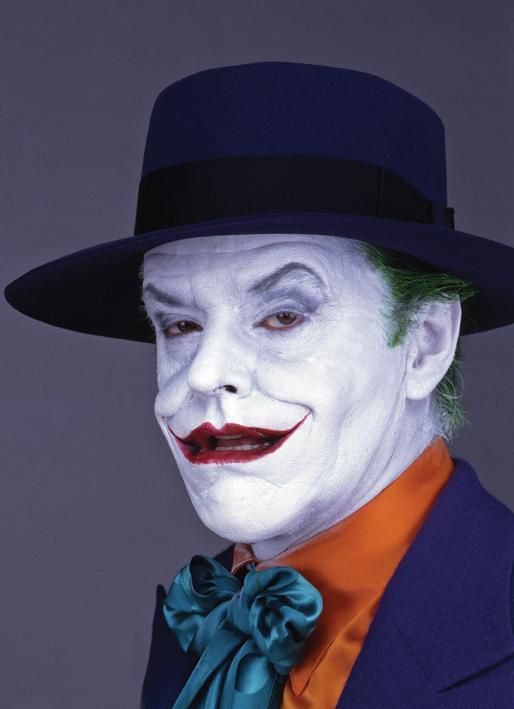
—
Handouts. Some actors have to be treated with kid gloves, but Jack Nicholson was an actor who liked handing out gloves to kids… and, you know, other people. Nicholson would routinely sign and give away his Joker gloves to visitors to the set, much to the consternation of the costume designer, who estimated the star gave away hundreds of gloves over the course of the shooting.
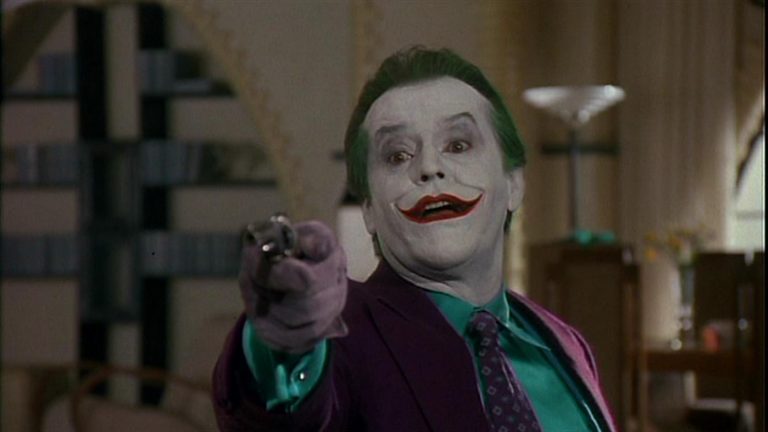
—
What the Well-Dressed Superhero is Wearing. Costume designer Bob Ringwood was tasked with making Michael Keaton, a man with an average build, come across on the screen as “the image of Batman in the comics (as) this huge, big six-foot-four hunk with a dimpled chin,” he said in a 1990 article in Cinefax. And he was ordered to do it without resorting to either tights or spandex. In the end, he created 25 different sculpted latex costume designs along with 25 capes, and six different masks at a cost of $250,000.
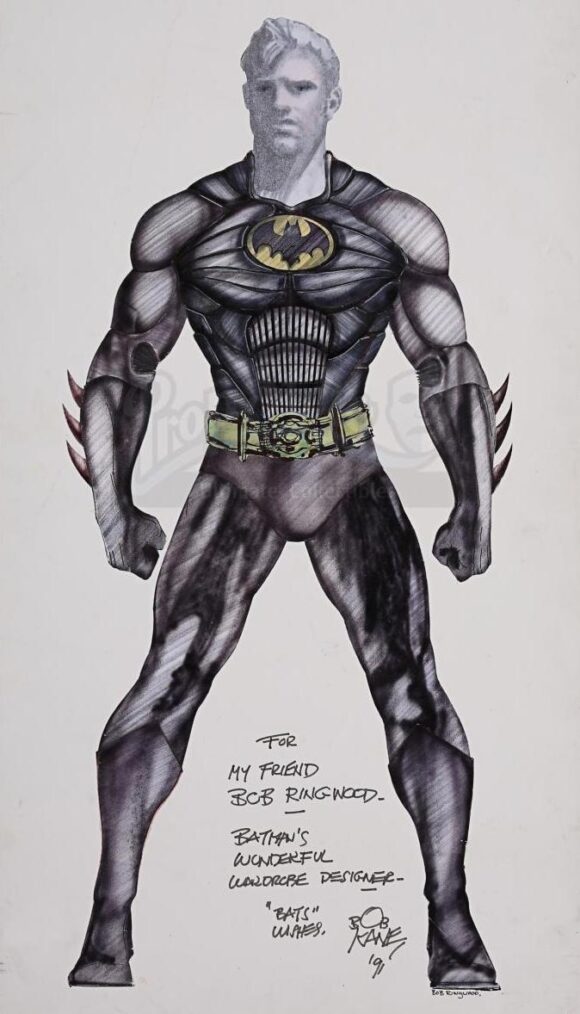
—
Frankensteinmobile. The Batmobile is a monster in so many ways, from looks and power to design and construction. It was designed by conceptual artist Julian Caldow and assembled by the special effects team at Pinewood Studios in the UK. It was built on a Chevy Impala chassis with an Impala engine, engine parts from a Harrier jump jet, fuel caps from a London bus, Ferrari tail lights, and headlights from a Honda Civic.
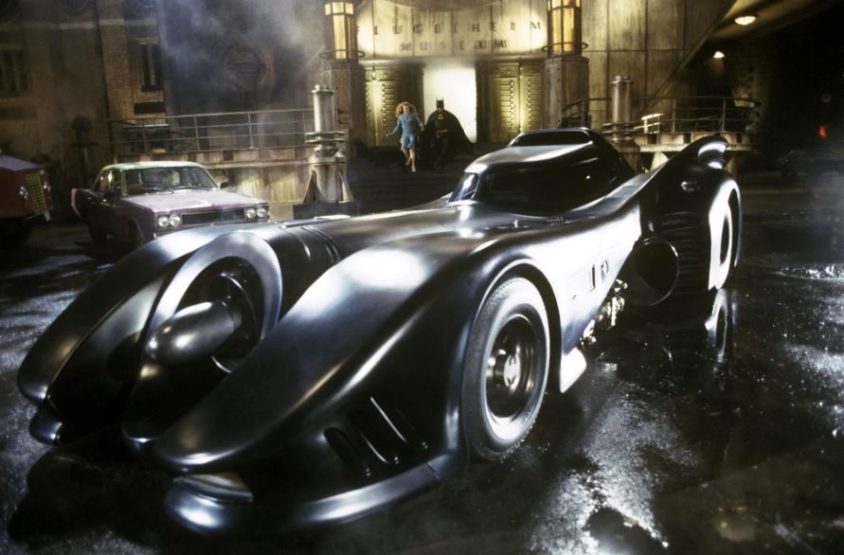
—
“We’ll talk about it when you get to the top!” Sometimes, you’ve just got to fly by the seat of your pants and see where it takes you. During the filming of the climatic chase up the stairs of the cathedral tower, Jack Nicholson asked Tim Burton why they were doing it, to which the director responded, “We’ll talk about it when you get to the top!” in lieu of the more honest, “I don’t know, we haven’t figured that out yet.” If memory serves, it turned out OK.
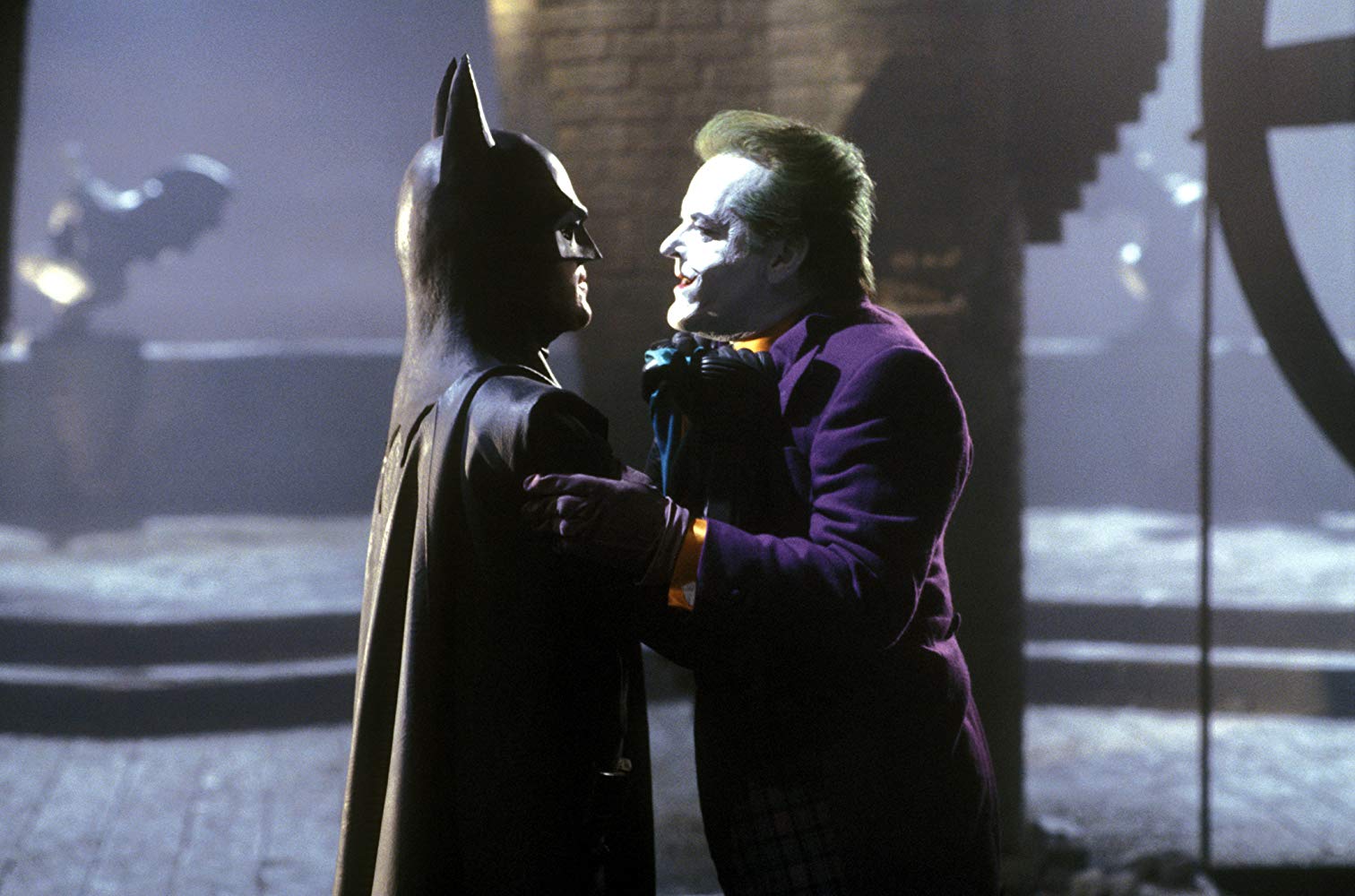
—
MORE
— 13 THINGS I Still Love About BATMAN ’89 (Mostly). Click here.
— How the BATMAN ’89 Comics Adaptation Improves Upon the Movie. Click here.
—
PAUL KUPPERBERG was a Silver Age fan who grew up to become a Bronze Age comic book creator, writer of Superman, the Doom Patrol, and Green Lantern, creator of Arion Lord of Atlantis, Checkmate, and Takion, and slayer of Aquababy, Archie, and Vigilante. He is the Harvey and Eisner Award nominated writer of Archie Comics’ Life with Archie, and his YA novel Kevin was nominated for a GLAAD media award and won a Scribe Award from the IAMTW. Support Paul’s latest Kickstarter, for his memoir, Panel by Panel: My Comic Book Life.
Website: https://www.paulkupperberg.net/
Shop: https://www.paulkupperberg.net/shop-1
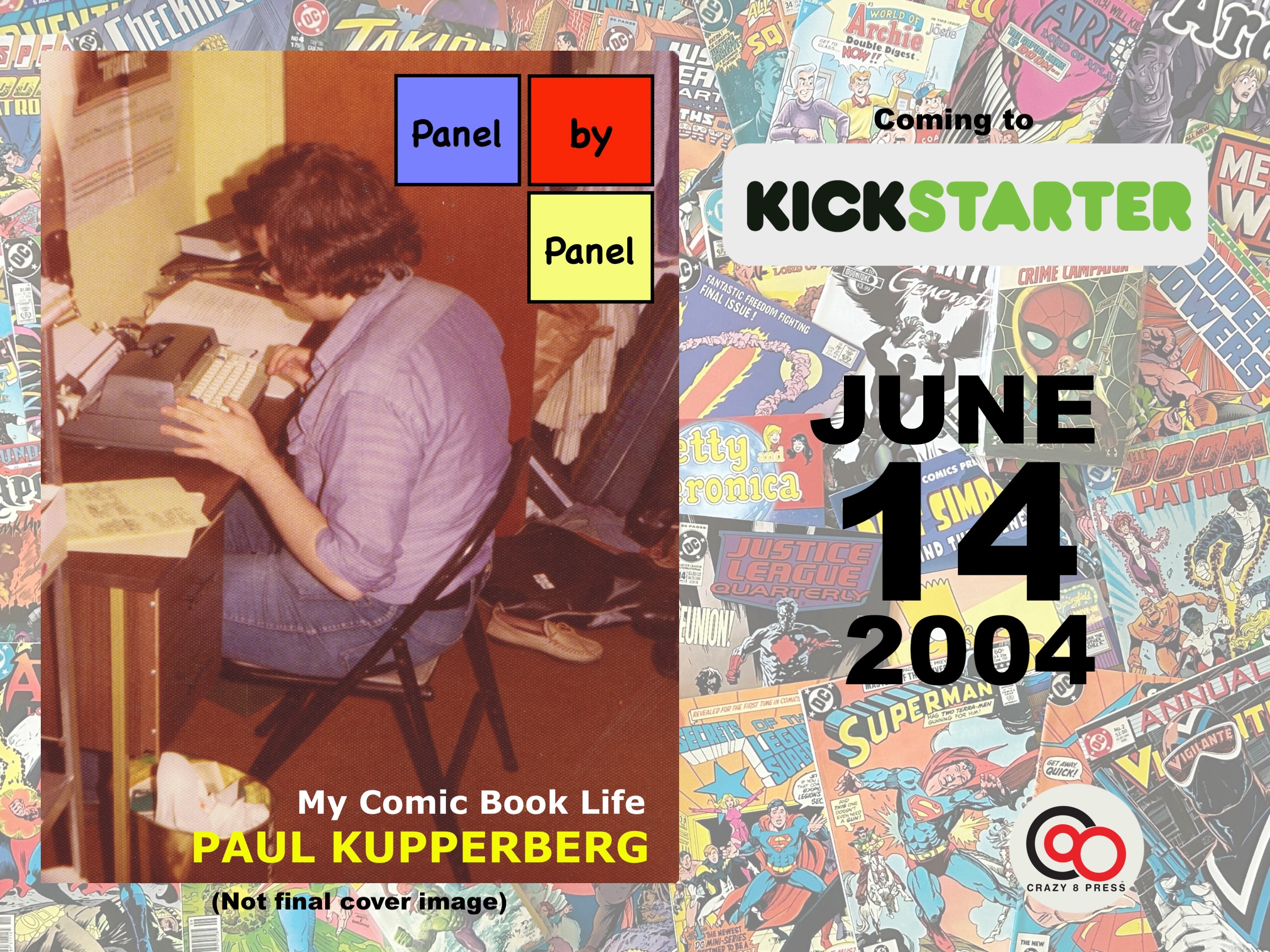

June 23, 2024
Not to overanalyze this but how could the success of Beetle juice in 1988 lead to Burton directing Batman when that movie came out only a year later? And I wonder if the whole deeper voice as Batman thing came from radio or TV since Superman and Spider-Man had already done it.
June 23, 2024
Saw Batman the second day it was out, while on vacation in Tahoe. The theater was packed, and from the audience reactions, everything Tim Burton did worked. The movie was a jaw dropping experience for someone like me, who as a 10 year old in 1966, never really bought into campy tv Batman. Great article here.
June 23, 2024
I still to this day have not found out why the BAT LOGO on Keaton’s suit has those two extra prongs on either side of the “tail”.
I’ve heard anecdotally that it was a rights issue ( which doesn’t seem to make sense since the regular Bat logo without the extra prongs was used elsewhere in the movie, and in ALL of the marketing ).
June 24, 2024
I remember seeing this film for the first time on its first night showing. I had read as much material as I could leading up to it, especially about the time-consuming process it took to get Keaton into the outfit. It made me think that it would make an amusing “real-world” short film about a superhero who gets an emergency call for help…only to show up three hours later and everything’s been over and done, due to the amount of time killed getting him suited up!!